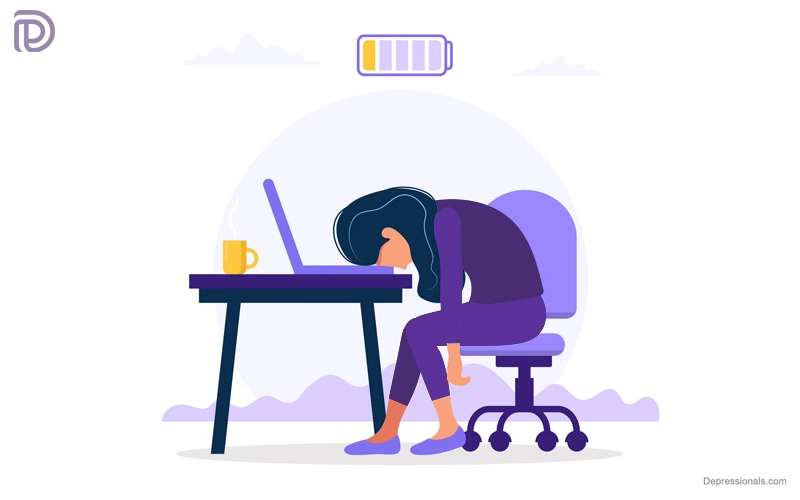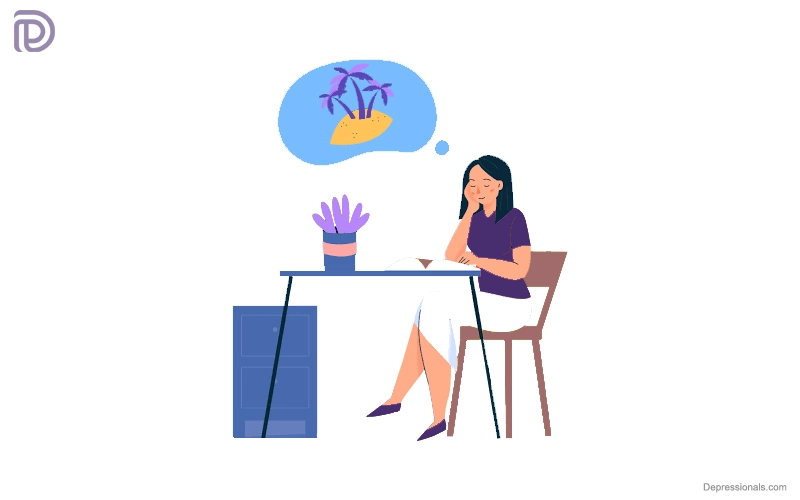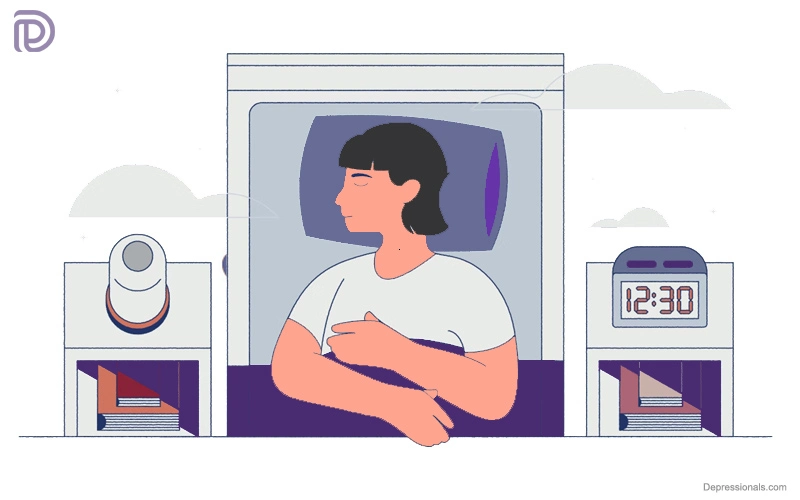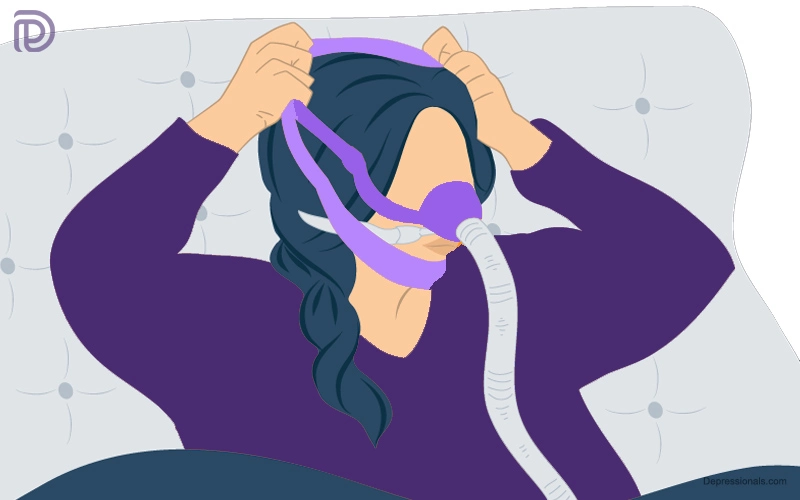Hypersomnolence occurs when a person is extremely sleepy even after sleeping for at least seven hours. It may also be described as an excessive amount of drowsiness, somnolence, and hypersomnia during the day.
What is hypersomnolence?
Sleep deprivation and fatigue are common problems faced by many people throughout their lives. Conversely, a person who suffers from hypersomnolence may feel like they need to sleep even after sleeping for the entire recommended number of hours.
The problem with hypersomnolence is that it can affect a person’s abilities at work and school. It can also impair a person’s driving safety and may indicate an underlying medical condition.
Individuals with this disorder typically begin to show symptoms in their late teens or early twenties. A study published in Psychosomatics found that the average age of onset is 21.8 years.
Leaving hypersomnolence untreated can negatively affect a person’s quality of life.
Read: Sleep Paralysis
Hypersomnolence symptoms
Patients with hypersomnolence do not suffer from another medical condition or medication that causes excessive sleepiness.
Despite sleeping 7 hours every night, hypersomnolence is symptomatic of excessive sleepiness. Additional symptoms include:
- Sleeping throughout the day
- Napping during the day, but not waking up refreshed
- Getting plenty of sleep, but not feeling rested
- Not being able to wake up easily from sleep
- Confusion or combative feelings when attempting to wake up
It may be difficult to work, study, or perform other daily activities if you sleep excessively.
There are three types of hypersomnolence: acute, subacute and persistent.
- Acute hypersomnolence, It lasts for one month or less.
- Subacute hypersomnolence, It lasts for one to three months.
- Persistent hypersomnolence, It lasts over three months.
With this disorder, sleepiness during the day is similar to that of narcolepsy, another sleep disorder.
Sleepiness episodes in narcoleptics are typically sudden attacks of sleepiness. Hypersomnolence episodes tend to come on gradually.
Read: How Pandemic COVID-19 Affects Our Dreams
Hypersomnolence causes
Scientists are still trying to figure out which brain interactions lead to hypersomnolence. There is a possibility that sleepiness is caused by an increase in brain chemicals. These chemicals may act as a sleeping pill.
Scientists suspect it is caused by an interaction between a brain chemical called GABA, which promotes sleep. Although they haven’t identified the specific chemical or molecule that causes hypersomnolence, they believe it interacts with GABA. A person is kept asleep during surgery by GABA-based sedative medications.
Hypersomnolence can develop for several reasons, including:
- Stress
- Drinking too much alcohol.
- Viral infection in the past.
- Traumatic brain injury in the past.
- Hypersomnia in the family.
- Medical history of depression, substance abuse, bipolar disorder, Alzheimer’s disease, or Parkinson’s disease.
Hypersomnolence may still occur without knowing the cause, despite these risk factors and potential contributors.
Idiopathic hypersomnolence is a form of hypersomnolence without a known cause that affects between 0.01 and 0.02 percent of the population.
Read: Parasomnias
Diagnoses
The Diagnostic and Statistical Manual of Mental Disorders, Fifth Edition includes hypersomnolence among several disorders classified as sleep-wake disorders. Sleep disorders such as nightmares, restless legs syndrome, and breathing disorders fall into this category.
The diagnosis of hypersomnolence usually begins with eliminating other possible causes.
If you ask a doctor about your symptoms, he or she may ask you:
- How long have you experienced them?
- What makes them worse? Are there any things that make them better?
- Is there anything else you are currently treating?
- How do you sleep?
- Is there anything else you are currently treating?
If a person is taking medication, the doctor will review it to determine if it could be a cause of their daytime drowsiness.
Asleep study may also be recommended. One must spend the night in a sleep laboratory where various monitors are hooked up, such as a pulse oximeter, an electrocardiogram, and a brain wave monitor. The device allows a doctor to determine if a patient’s daytime sleepiness is caused by a sleep disorder, such as obstructive sleep apnea.
A doctor may diagnose hypersomnolence disorder as the result of a lack of cause or signs of the underlying disorder.
Read: Sleep Terrors
Hypersomnolence treatment
Hypersomnolence is most commonly treated with stimulants. Here are some examples:
- Amphetamine
- Methylphenidate
- Modafinil
There are other medications that can be used to treat hypersomnia, including clonidine, levodopa, bromocriptine, and monoamine oxidase inhibitors (MAOIs).
A doctor may advise a person to improve their “sleep hygiene” as well as using medications.
Some examples are:
- Do not consume caffeine or nicotine before bedtime.
- Don’t drink too much alcohol. Drinking too much alcohol can lead to poorer sleep quality even if it makes a person drowsy.
- Avoiding heartburn-causing foods and digestion-impairing foods. High-fat foods, fried foods, spicy dishes, citrus fruits, and carbonated beverages are examples.
- Differentiating between day and night by the lighting. During the day, it’s important to be exposed to as much light as possible, and to make your room darker before going to bed.
- Creating a bedtime routine is a great way to signal to your body that it’s getting close to bedtime as well as to relax. Take a hot bath or read a book as examples of a bedtime routine.
- Change the environment of a bedroom to make it more comfortable for sleeping. Sleeping on a comfortable mattress includes cooling the room to 60°F-67°F, avoiding artificial light from sources such as computers and cellphones, and cooling the room between 60°F-67°F.
Read: Chronic Insomnia Disorder
Is hypersomnolence associated with depression?
Yes, of course. There are many signs and symptoms associated with the disorder that are also indicative of depressive disorders. The constant feeling of exhaustion related to hypersomnolence can lead to depressive episodes, especially in individuals with personal, professional, or social lives. Additionally, depression and excessive sleepiness can occur together in some cases. It is possible that those suffering from hypersomnolence may self-medicate with stimulants to the point of developing a substance abuse problem.
Is hypersomnolence accompanied by sleepwalking or sudden sleep fits?
Hypersomnolence can, however, lead to “automatic” behavior – people may carry out most daily activities without recalling them; for example, driving for several miles without realizing how far they had traveled. It is also unlikely that individuals fall asleep suddenly during times of sustained, focused attention, such as work meetings or social gatherings, as they typically follow prolonged periods of sleepiness.
Can a person experience both hypersomnolence and insomnia?
People with depression are most likely to experience it. These individuals have a higher risk of suicidal ideation, impulse control disorders, and substance abuse disorders than other people with depression (less than a third of those with depression).
Prognosis
In most cases, hypersomnolence can be treated with lifestyle changes and medications.
To learn how to reduce stress and change sleeping habits, counseling and cognitive-behavioral therapies may also be beneficial.






This is the right blog for anyone who wants to find out about this topic. You realize so much its almost hard to argue with you (not that I actually would want…HaHa). You definitely put a new spin on a topic thats been written about for years. Great stuff, just great!
certainly like your website but you need to check the spelling on quite a few of your posts. A number of them are rife with spelling issues and I find it very bothersome to inform the reality however I’ll definitely come again again.
I feel so excited to tell the world how my daughter got healed from ALS disease through the help of ALS Formular and the med works amazingly. She have been a victim to these ALS diseases for about 3 years now, The hebs has no side effect on her.